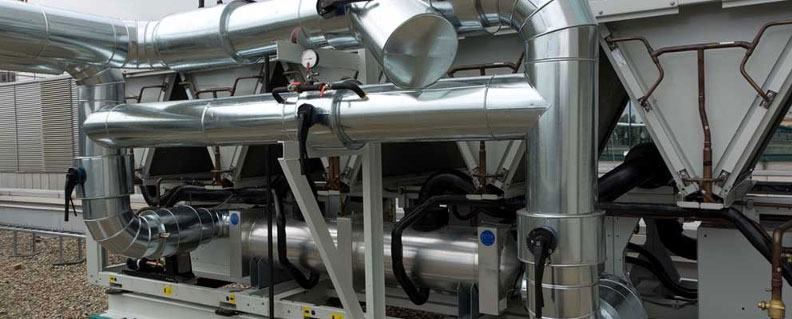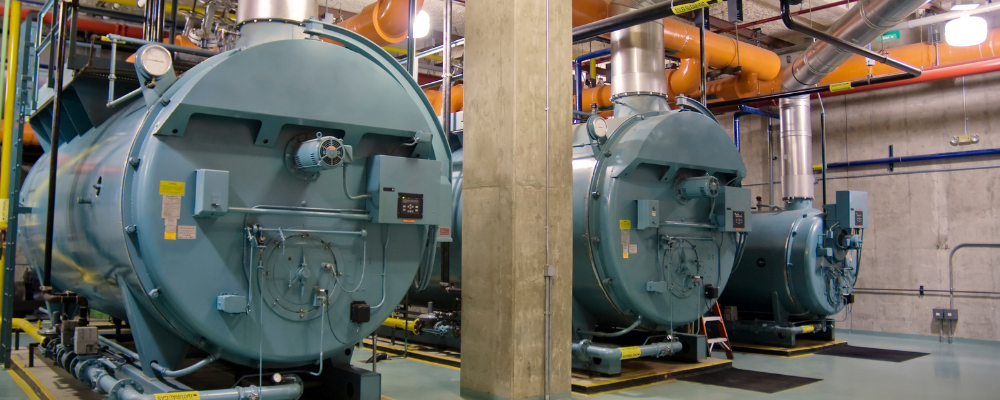If you’re in the world of injection molding, you know how crucial it is to maintain precise temperatures throughout the…
Blog
Why Use Protective Coatings on HVAC Units and Process Cooling Equipment?
As a leading water chiller manufacturer, we understand the critical role that HVAC units play in various industrial settings. These…
Why Your Furnace Needs a Cooling System
If you’re familiar with vacuum furnaces, you know that they’ve become indispensable for industries seeking precision, cleanliness, and efficiency in…
What Size Water Chiller Do You Need for a Concrete Batch Plant?
Concrete batch plants often face challenges related to temperature variations, which can lead to inconsistent results. Fluctuations in temperature may…
Industrial Cooling Solutions: Finding the Right Fit for Your Business
Whether you’re in manufacturing, data centers, food processing, or any other industry, the need for effective industrial cooling solutions is…
HOW DO WATER CHILLERS AND AIR HANDLING UNITS WORK TOGETHER?
In the world of HVAC (Heating, Ventilation, and Air Conditioning), water chillers and air handling units play a significant role…
Request a Quote
Request a Quote (Footer Form)
Request a Quote





